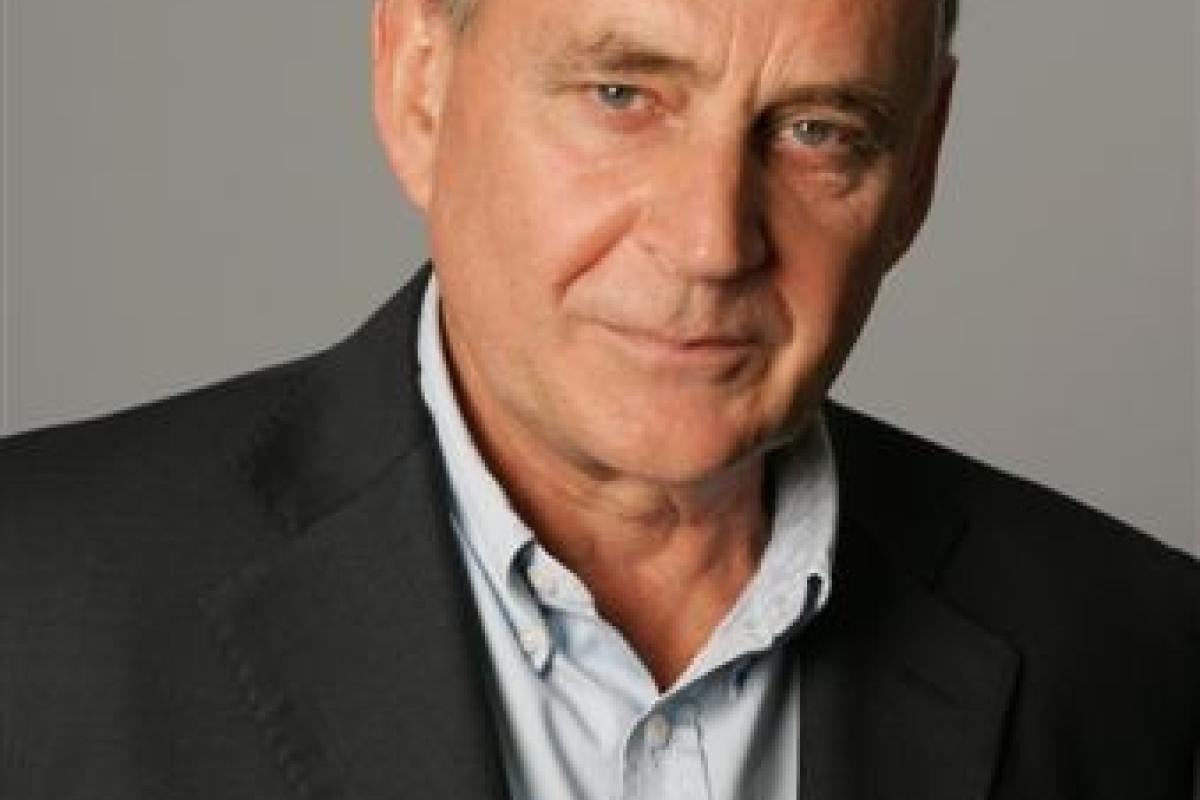That’s its current value on the New York Stock Exchange, according to last Friday’s FT. LinkedIn shares are trading at $94 a share, making the whole company worth nearly $9 billion. Turnover last year was a rather more modest $243m – so buyers of the shares are valuing the company at about 37 times sales (no, I didn’t say anything about profit), and each user is worth $100.
I find it very hard to believe that I am worth $100. I am no longer on the list of fast track marketing professionals that advertisers might wish to reach. I am not really a LinkedIn “user” at all, but rather a passive participator in LinkedIn, because a number of friends and acquaintances have asked me to be part of their network, and I have wearily agreed because it is so easy to click on the “accept” button and then one can delete another email. And in truth we have found it easier to have a Marketing Society LinkedIn group than to start a group of our own.
So here I am, ironically, finally bothering to engage with LinkedIn in order to report that I think that the valuation of this particular social network is absurd. The FT talks of “bubble risk fears”. It seems that because shares in Facebook and Twitter cannot be bought, any company that can put “social network” in front of its name is in stupendous demand by investors.
May I use this forum to make a prediction? We are not in a “bubble risk” situation. We are in a full-blown, undeniable, actual physical bubble – vast and glorious in its shiny, wobbly, translucent, sphericalness.
The same FT article reminds me that Microsoft recently acquired Skype for $8.5 billion, valuing each user at just under $13. This makes a lot more sense to me personally as I have regular conversations with my daughter and granddaughter in Australia via Skype and find it an efficient and enjoyable service. The only mystery is that they do not seem to have the technology to send me a bill. Perhaps now Microsoft have bought Skype they will introduce an accounts department.
I am sorry to run the risk of spoiling other Skype users’ fun, but I would be quite happy to pay a handsome annual subscription to be a member of Skype and can only assume that Microsoft will shortly introduce one. Otherwise they, like the speculators in LinkedIn shares, have decided to ignore the absolute Newtonian laws of business.
Bubbles are, of course, a regular occurrence in the United States. When I went to the Manchester Business School in the 70’s the first book on the reading list was JK Galbraith’s “1929: The Great Crash”. Galbraith gives an entertaining account of Americans’ unshakeable belief that it is their inalienable right, (enshrined in the constitution, just like the right to bear arms and shoot people) to get rich quick by joining the latest speculation. He describes how the speculations in Florida land value boomed and bust shortly before the more catastrophic boom and bust on the New York Stock Exchange in 1929.
In the early part of 2000 I wrote an article for Market Leader, snappily entitled “easy.com easy.go”, which correctly predicted the forthcoming failure of the great majority of dotcom brands which were then cluttering up the television air time of both the US and the UK, as dotcom entrepreneurs of that era poured advertising money into a large black hole.
So I will say it just one more time, the speculation in social networks is a bubble. But then again if you get in quick enough and out quick enough you might make some money out of it.
If speculation is your thing you should make a pilgrimage to Moor Park Golf Course near Rickmansworth (a place I visited last year while enjoying an excellent Marketing Society golf day). There you will find a magnificent Grade One listed Palladian pile built in 1732 by one Benjamin Hoskins Styles who made a fortune during the South Sea bubble – by getting out at the right time.
As you gaze up at the magnificent trompe l’oeil ceiling, the cherubs up there look almost real…but they are in fact an illusion. Just like the value of Facebook, Twitter, Skype and LinkedIn.
Hugh Burkitt, chief executive, The Marketing Society
